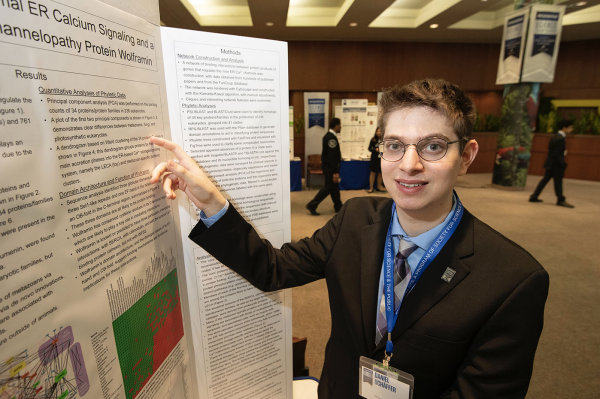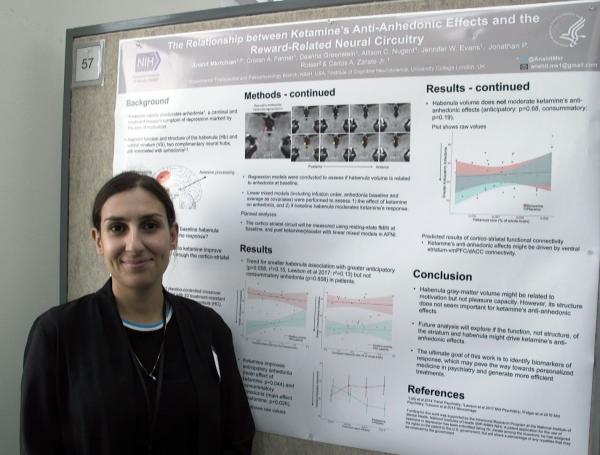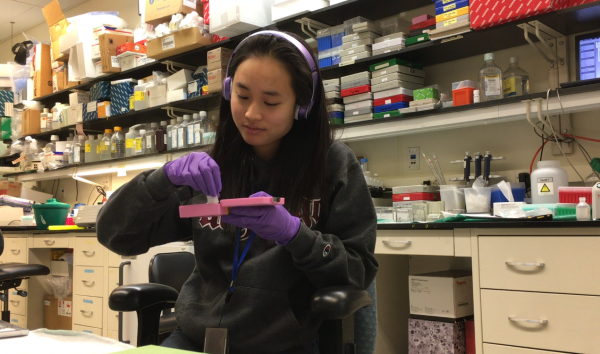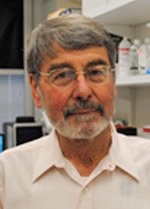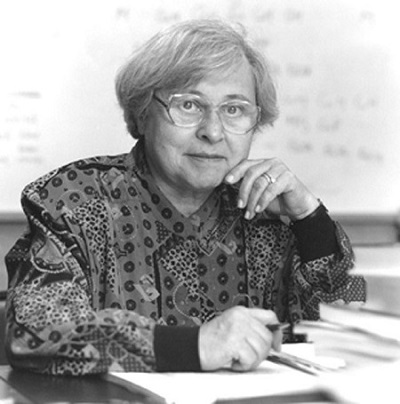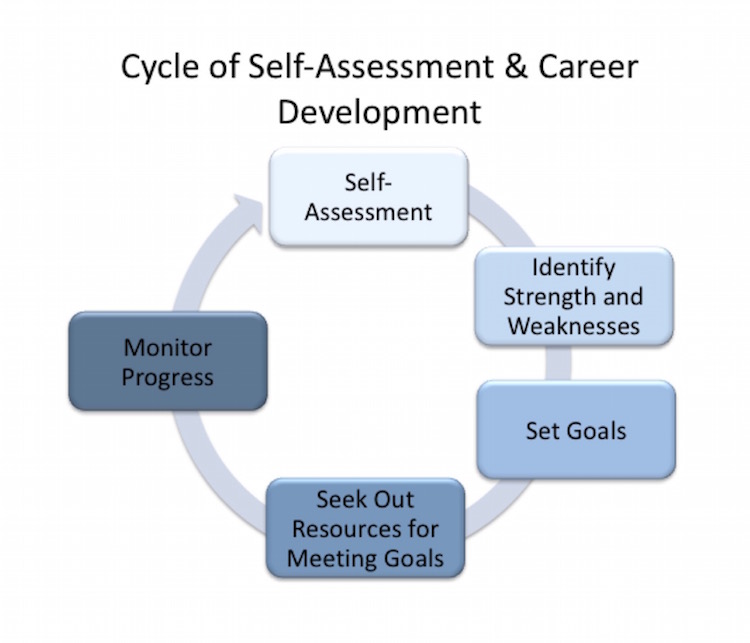IRP Intern Wins Recognition in Prestigious Science Competition
Computational Biology Research Conducted at NIH Garners $25,000 Prize
The IRP is home to some of today’s and tomorrow’s greatest scientific minds. Hundreds of budding biomedical pioneers begin honing their scientific skills here in high school, but very few win distinction as quickly as seventeen-year-old Daniel Schäffer, whose IRP research earned him inclusion among this year’s 40 finalists in the prestigious Regeneron Science Talent Search.

